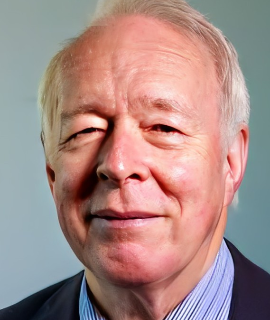Risk factors associated with dental implants
Dental implants are becoming increasingly popular in dentistry due to their success rate and their ability to produce aesthetically pleasing results. However, there are several risk factors associated with dental implants that need to be taken into consideration before undergoing the procedure. The most common risk factor associated with dental implants is the possibility of implant failure. This occurs when the implant does not properly integrate with the surrounding bone, leading to infection and/or loosening of the implant. Other risks include nerve damage, which can cause numbness, tingling, and pain in the area of the implant, as well as sinus problems, which can occur when the implant is too close to the sinus cavity. Infection is another risk factor associated with dental implants. Infection can occur when bacteria enters the implant site during the procedure. If not treated promptly, infection can lead to tissue damage, bone loss, and implant failure. Patients who have weakened immune systems or are taking immunosuppressant medications are at a higher risk of implant failure due to their weakened ability to fight off infection. Smokers are also at an increased risk of implant failure due to their decreased blood flow to the area of the implant. Lastly, improper placement of the implant can also lead to complications. If the implant is placed too close to the nerve, the patient may experience nerve damage. Additionally, if the implant is placed too deep, it can lead to excessive pressure on the surrounding bone, resulting in pain and discomfort. Overall, dental implants can provide a great aesthetic outcome, but the potential risks should be considered before the procedure. Patients should discuss these risks with their dentist and make sure that they understand the potential complications that can occur.

David Geoffrey Gillam
Queen Mary University of London, United Kingdom
Christopher Turner
Spacemark Dental, United Kingdom




Title : Evaluating hygienist follow up for head and neck oncology patients in secondary care: Results from a two cycle audit
Peter Basta, Newcastle Dental Hospital, United Kingdom
Title : Atypical facial pain unravelled
Christopher Turner, Spacemark Dental, United Kingdom
Title : New treatment of temporomandibular disorder through muscle balance and muscle regeneration by activation of quiescent muscle stem cells( satellite cells) with mitochondrial dynamics
Ki Ji Lee, National Reserach Foundation & Busan Medical University, Korea, Republic of
Title : MRONJ and ORN: Referral or management in primary care? Navigating guidelines in the context of long waiting lists
Alisha Sagar, NHS England, United Kingdom
Title : Managing the unexpected: An Insight into supernumerary teeth
Bahar Gharooni Dowrani, Guy's and St Thomas' NHS Foundation Trust, United Kingdom
Title : Laxative prescribing for post operative head and neck cancer patients at Derriford Hospital
Pui Sze Kylie Li, Cardiff and Vale University Health Board, United Kingdom